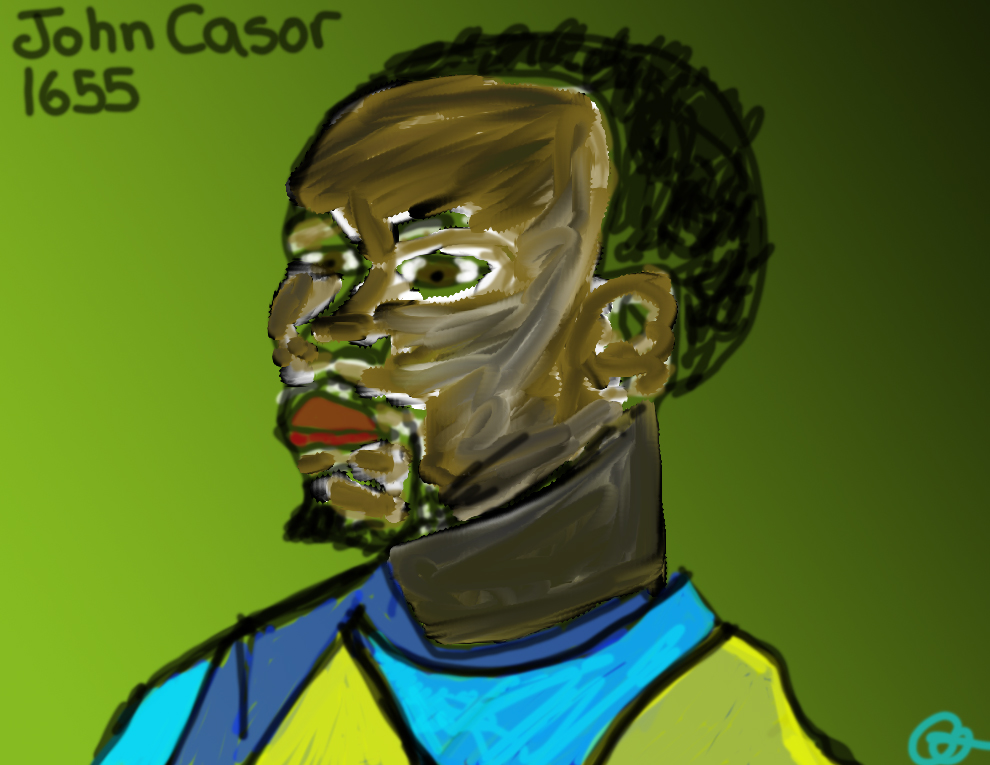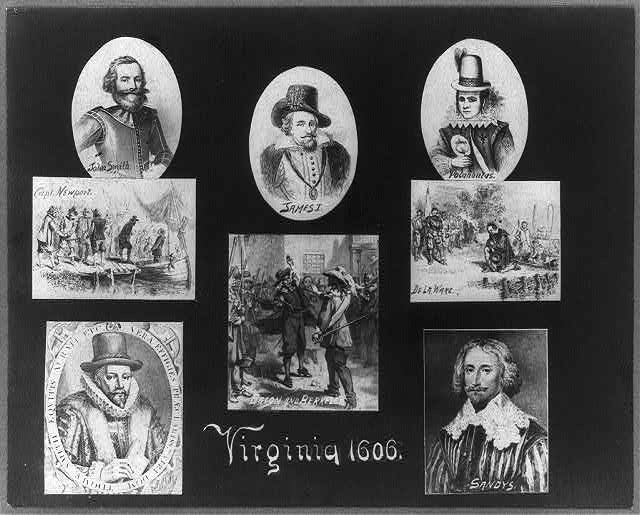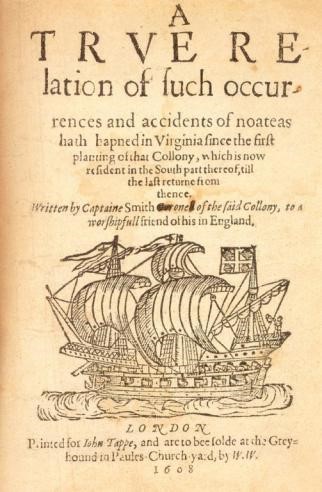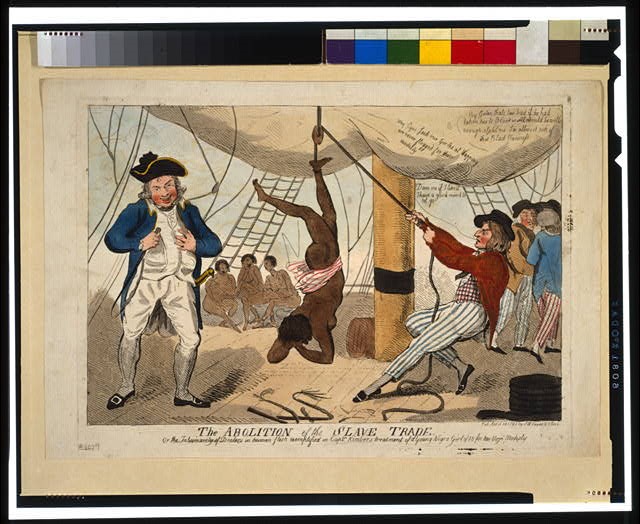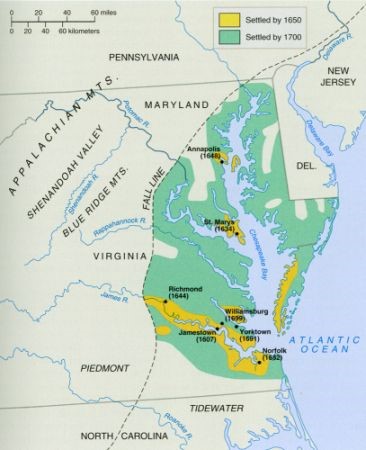
John Casor
An American Hero & the First Legally Declared Slave
A love-and-law crucible centered on John Casor, Virginia Johnson, and Anthony Johnson — a turning point when lifetime servitude was written into the record.
“Virginia’s first legally recognized slave was enslaved by a Black man to protect him from slavery.”
